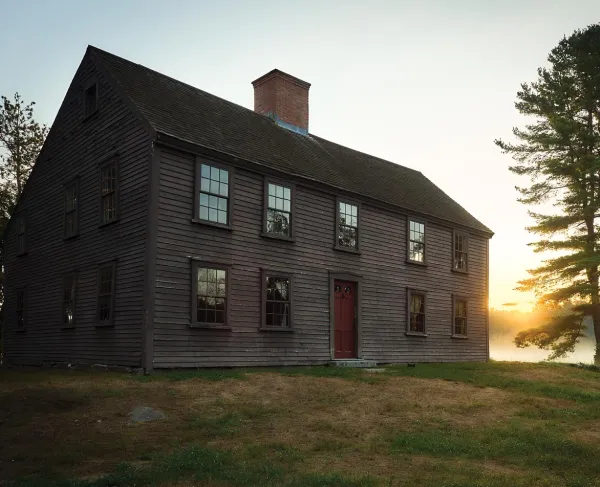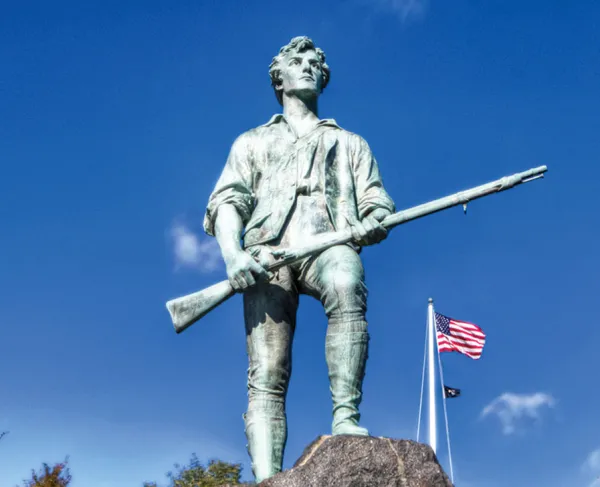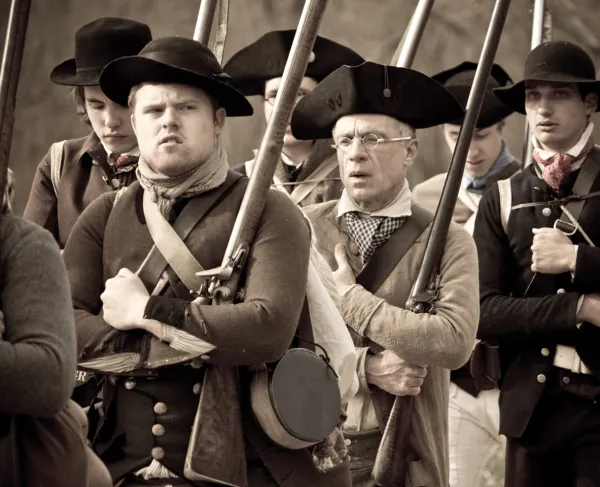Minute Man National Historical Park
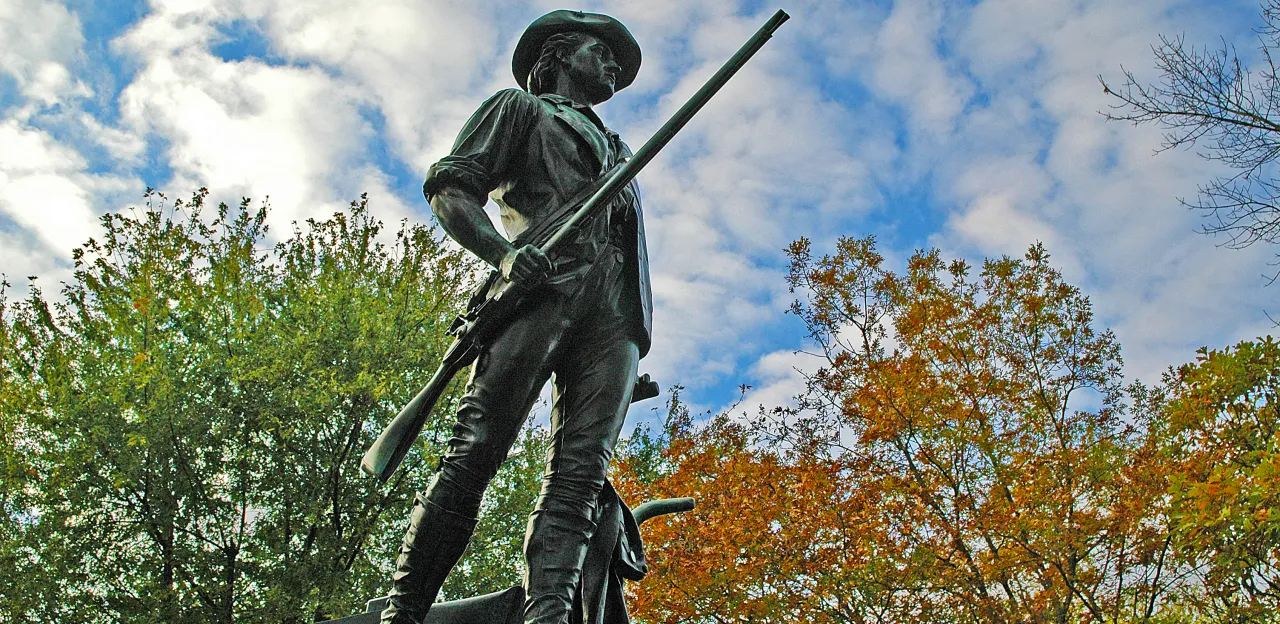
William Thorning was one of the Lincoln, Massachusetts Minutemen, only 17 years old on that spring morning, April 19, 1775, when he leveled his musket at British regulars marching through the countryside and pulled the trigger. Throughout that fateful day in American history, Thorning played an active role in the fighting that stretched through the Massachusetts countryside. He courted death when caught in a crossfire between opposing forces, but he remembered seeking cover behind a large boulder propitiously perched alongside the road. The boulder would forever be known after the action of April 19 as “Minute Man Boulder.” In the 20th century, that boulder and a surrounding eight-acres became the initial pieces of a new national park.
On September 21, 1959, Minute Man National Historical Park was formally created in Massachusetts. The purpose of the park was straightforward: “To preserve and interpret the historic structures and landscapes associated with the opening of the American Revolution which lie along the route of battle of April 19, 1775…” Furthermore, the park was created “to foster understanding of the events, causes, and consequences of the American Revolution” and lastly, “to preserve and interpret The Wayside, home of major 19th-century American authors.” The park stretches through the Massachusetts countryside and around the towns of Lexington, Lincoln, and Concord. Under the administration of the National Park Service, part of the Department of the Interior, the national historical park comprises approximately 970 acres.
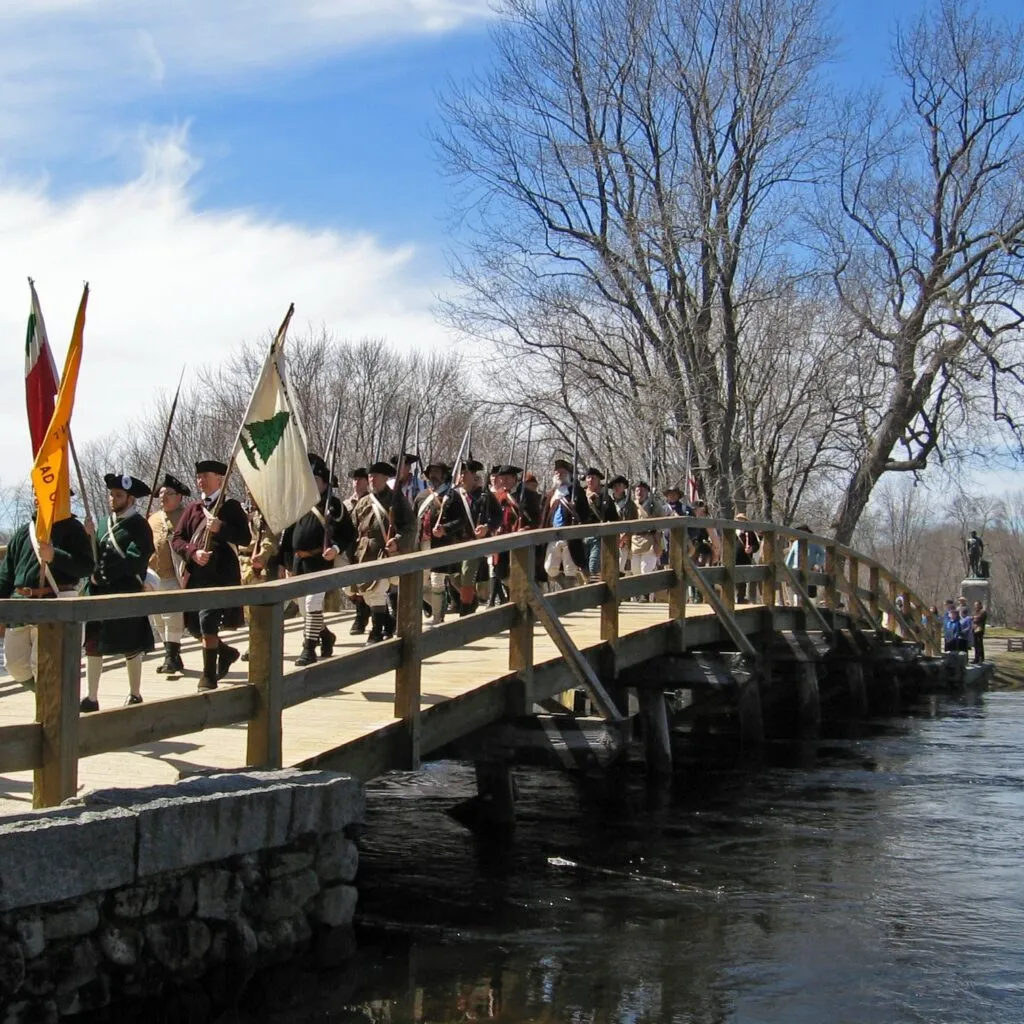
Included in that acreage are the following areas: The Old North Bridge in Concord where fighting occurred on the morning of April 19, 1775 between the British and colonial militia and Minutemen. One can walk from the North Bridge Visitor Center along the same path to follow the Massachusetts militia's approach to the British line on that spring day.
Also included is a five-mile portion of Battle Road. Formerly known as the Old Concord Road or Bay Road, this was the route the British used to retreat to the safety of Boston, 18 miles from Concord, while sustaining a continued engagement with the colonial militia and Minutemen on April 19. Original houses, taverns, and some of the restored stonework transport visitors back to the 18th century. Various markers and wayside informational panels dot the road providing insight into the action that occurred there.
Six years after the creation of the park, the building where authors Amos and his daughter Louisa May Alcott, Nathaniel Hawthorne, and Margaret Sidney all lived at different times was incorporated into the national historical park. The building is called The Wayside, Home of Authors. Scenes from the popular novel Little Women were acted out by a young Louisa May Alcott and her sisters within the rooms and halls of the home. Later Nathaniel Hawthorne and his wife purchased the home, and he is credited with naming the house “The Wayside” in the 19th century.
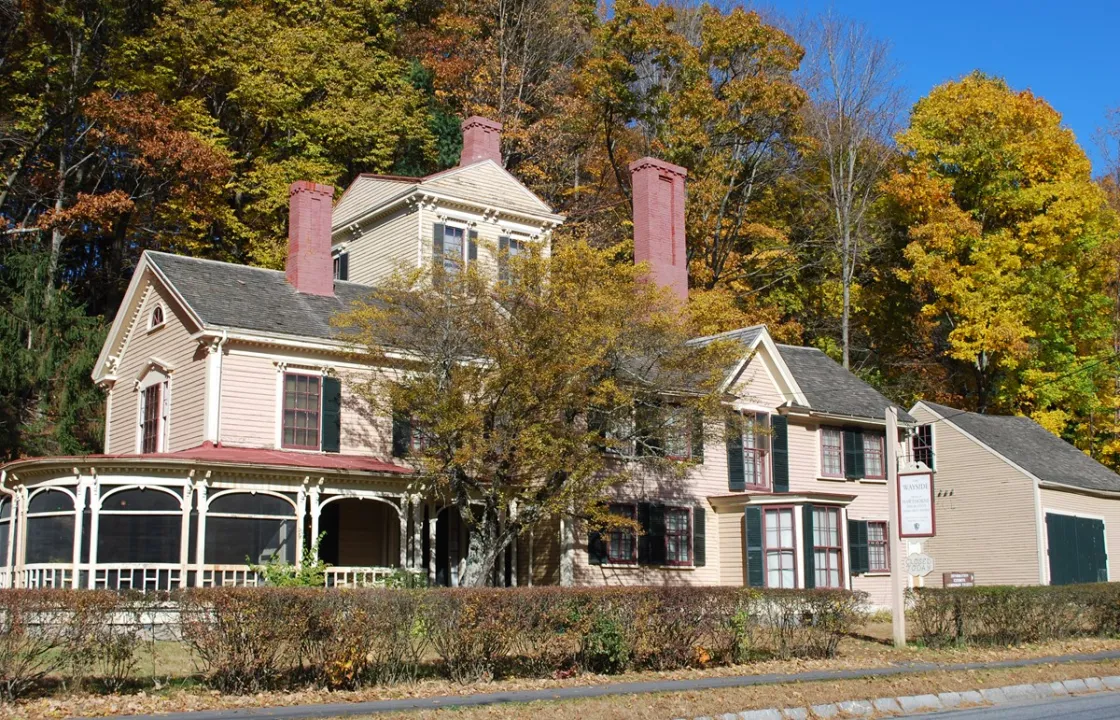
Approximately one and a half miles outside Concord stands the Barrett Farm and the newest addition to the national historical park. In addition to the landscape and historic homes, including farms that dot the five-mile portion of Battle Road, the park operates two visitor centers. One is located along Battle Road and the other sits atop the hill adjacent to the Old North Bridge.
Although the national historical park was dedicated to preserve and foster the understanding of the beginning of the American Revolution, locals and the National Park Service also took responsibility to mark the graves of some of the fallen on both sides. An English-born Bostonian gave a donation to preserve the gravesite of one casualty of April 19. Later, a Massachusetts-born citizen and a direct descendant of an original Concord settler gave funds to commemorate the engagement by commissioning a monument which includes the last stanza of a famous poem by James Russell Lowell. Above the graves of the British soldiers reads these lines:
They came three thousand miles and died,
To keep the past upon its throne
Unheard beyond the ocean tide,
Their English mother made her moan.
The second line, “to keep the past upon its throne” is half the story, with the other portion being those who wanted to usher in a new era of government and direction. Those are the twin veins that run through Minute Man National Historical Park which preserves, highlights, and interprets the history of that fateful April day and the repercussions before and after.
Related Battles
93
300


